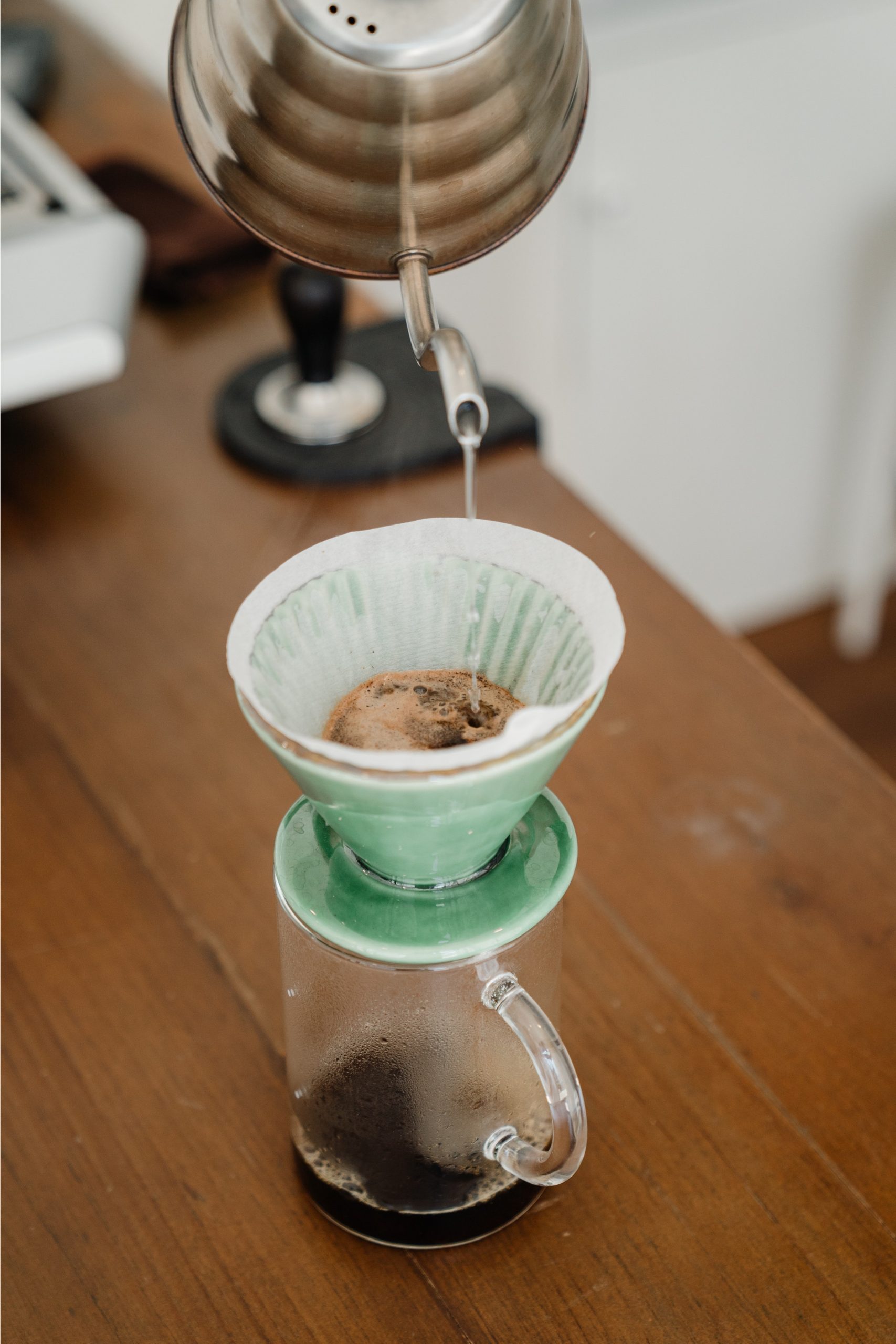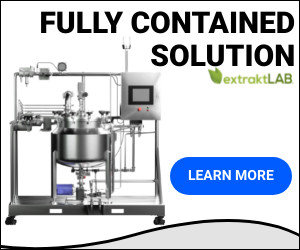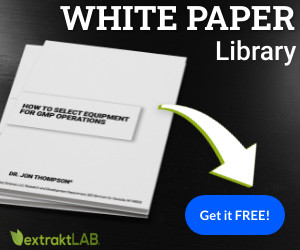Water extraction is a critical process in various industries, and understanding its intricacies can provide significant advantages.
One such method, cold water extraction, offers unique benefits that are worth exploring. This blog post will delve into the details of what cold water extraction is and how it operates. We’ll discuss the step-by-step procedure to perform this technique efficiently and effectively.
You’ll also learn about the necessary equipment required for cold water extraction, equipping you with valuable knowledge to optimize your operations or start a new venture in this field. Stay tuned as we unravel these fascinating aspects of water extraction.
What is Cold Water Extraction?
Cold water extraction (CWE) is the process of extracting compounds from plant materials like cannabis using cold water as a solvent. It works by using cold water to separate desired compounds from unwanted ones.
Some substances dissolve better in cold water than others. By using this property, we can extract specific compounds while leaving others behind. CWE is a method used to isolate beneficial components like cannabinoids or terpenes without using harsh chemicals or expensive equipment.
Why Use Cold Water Extraction?
Safety: CWE doesn’t use any potentially dangerous solvents, so there’s less risk of contamination with toxic residues.
Economy: The process requires minimal specialized equipment, making it cost-effective for small-scale operations or home use.
Purity: With clean starting material, you can expect high-quality extracts with fewer impurities compared to other methods.
A Brief History Of Cold Water Extraction
For centuries, cold water extraction has been a go-to technique for traditional herbalists to draw out delicate flavors and medicinal properties from plants. However, its application within modern industries like pharmaceuticals and cannabis processing has only recently gained traction due largely to advancements in technology that allow more precise control over variables such as temperature and pressure.
How Cold Water Extraction Works
It’s all about temperature. Some substances dissolve better in warm water, while others prefer it cold. CWE takes advantage of this by first dissolving the mixture in warm water, then cooling it down fast. This causes the unwanted bits to solidify and separate from the desired substance, which stays dissolved.

This technique is often used in the nutraceutical industry to separate opiates and opioids from a combination of medications. One reason they do this is to reduce the number of opioids in the medication so the side effects are less severe.
The Steps to CWE Success
- Dissolve: First, mix your material into warm water to break it down and dissolve.
- Cool: Quickly cool the mixture by placing it in an ice bath or fridge.
- Precipitate: The unwanted bits will solidify and separate from the desired substance.
- Filter: Use a fine mesh filter to separate the solids from the liquid.
Pro Tips for CWE
- Don’t overheat your mixture – it can cause unwanted reactions.
- Cool it fast for the best results.
- Choose the right filter for purity and speed.
With a little practice, anyone can master CWE. Just remember to keep it cool and filtered.
Equipment for Cold Water Extraction
Cold water extraction is a straightforward process but requires the appropriate tools to be done effectively and safely.
Grinders
Obtain a top-notch grinder to reduce the plant material into smaller portions for increased surface area exposure when using cold water, optimizing extraction effectiveness. This increases the surface area exposed to cold water, enhancing extraction efficiency.
Collection Vessels
Use non-reactive materials like glass or stainless steel for collection vessels to avoid interfering with the chemical composition of your extracts.
Filters or Screens
Filters or screens separate extracted compounds from leftover plant material post-extraction. You can use fine mesh strainers or industrial-grade filtration systems, depending on your needs.
Precision Scales
Accurate measurement ensures consistent results every time. So make sure you have an accurate scale when extracting.
While it’s possible to use basic kitchenware items, investing in professional-grade extraction equipment ensures optimal performance, leading to higher yields and better product quality over time.
How to Perform Cold Water Extraction
Cold water extraction is a simple yet effective method used in the botanical extraction industry, particularly for cannabis trichomes. The process leverages the solubility of certain substances in cold water and their insolubility at lower temperatures. This technique can be employed using basic equipment or more advanced machines, depending on your needs.
The Cold Water Extraction Steps
- Grind Your Material: Begin by grinding your material to obtain a refined form of the substance you wish to extract.
- Mix with Warm Water: Next, mix thoroughly with warm water. Stirring vigorously helps ensure that all particles are exposed and dissolved.
- Rapidly Cool: Cool the mixture rapidly by placing the container in an ice bath or fridge.
- Sit and Separate: Letting the mixture sit undisturbed for about 20-30 minutes allows it time to separate naturally due to its varying densities.
- Pour Through Filter: This step involves pouring your solution through a filter that collects liquid while leaving behind residue that doesn’t dissolve in cold water.
- Filtrate Storage: The extracted substance remains dissolved within the filtered liquid and should be stored appropriately until further use.
Note that refrigeration can help remove remaining impurities from your filtrate as some compounds may precipitate out when chilled.
Conclusion
Cold water extraction is a simple yet effective method for extracting valuable compounds. It offers benefits such as safety, cost-effectiveness, and purity. The process involves dissolving the mixture in warm water, rapidly cooling it, precipitating the unwanted bits, and filtering the liquid. It only uses a few basic tools and is not complicated to learn, making cold water extraction an excellent extraction method for your extraction endeavors.
Beyond Basics – Using CO2 For Extraction
If you’re looking into larger-scale production or seeking higher purity levels, consider investing in specialized supercritical CO2 equipment. These machines automate various stages of the extraction process, ensuring consistent results along with improved efficiency compared to manual methods. Supercritical CO2 extraction is a more effective method compared to cold water extraction because the yields are much higher, and efficiency is unmatched. Please contact one of our subject matter experts at 651.600.0036 if you have any questions or fill out our contact form, and they will get back to you as soon as possible.
Get in touch with our team to request a quote, learn more about our facility design services, or get help with your business plan.
We are dedicated to providing you with the best advice, quality, and service in the industry.



